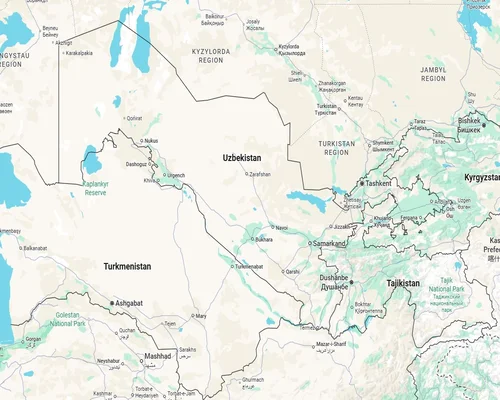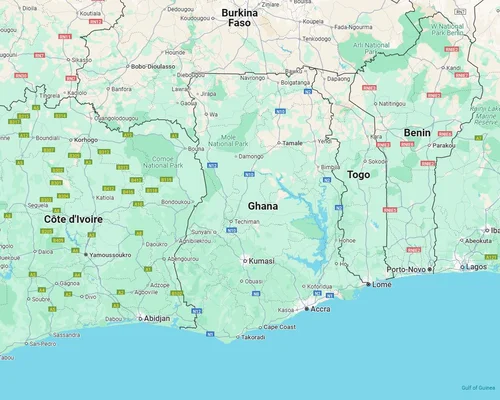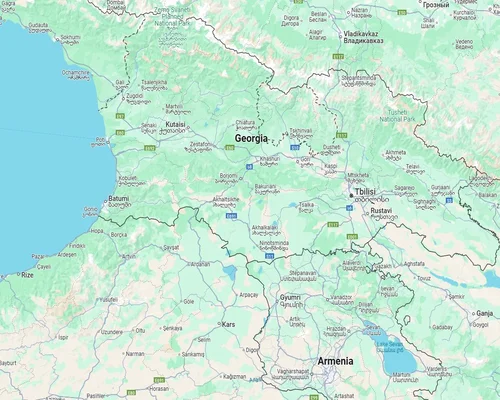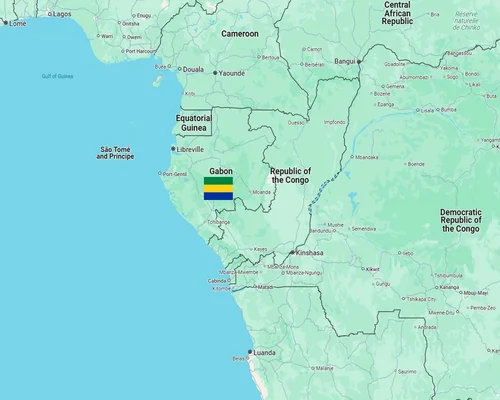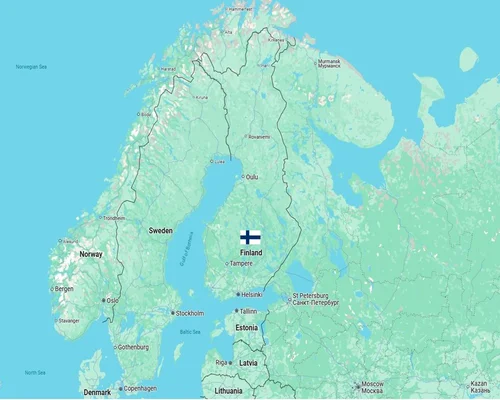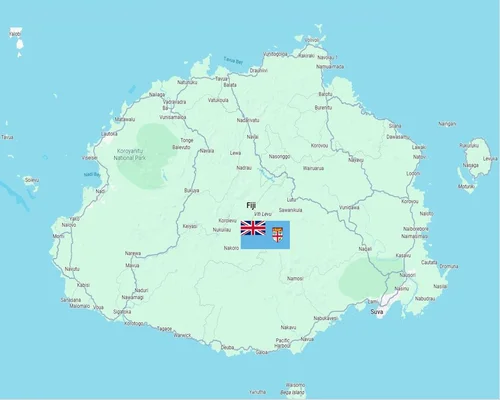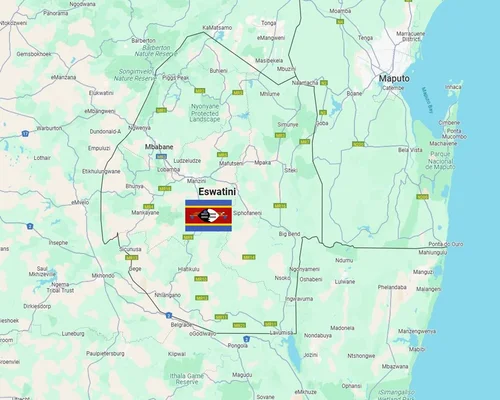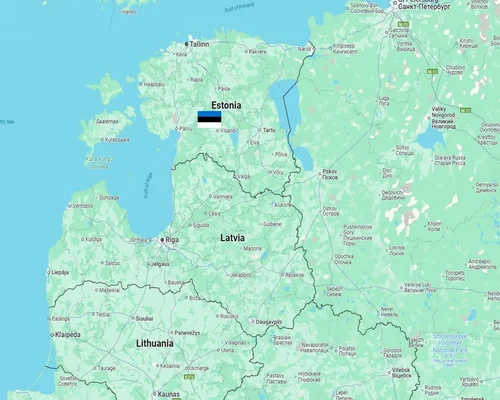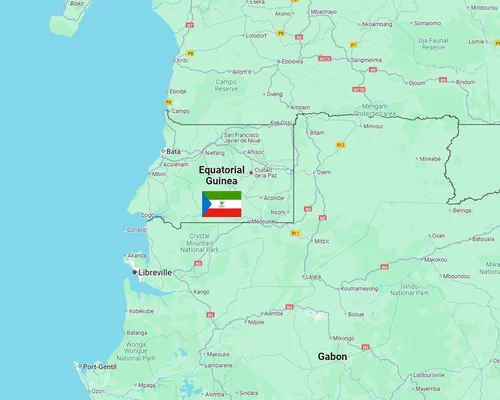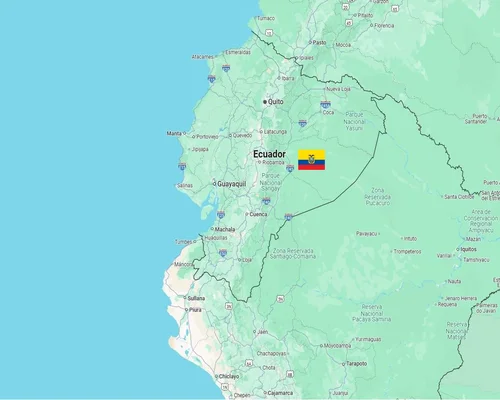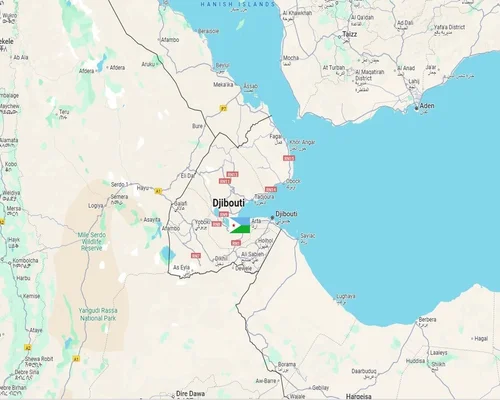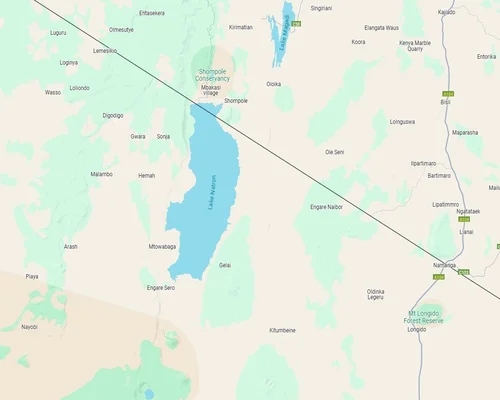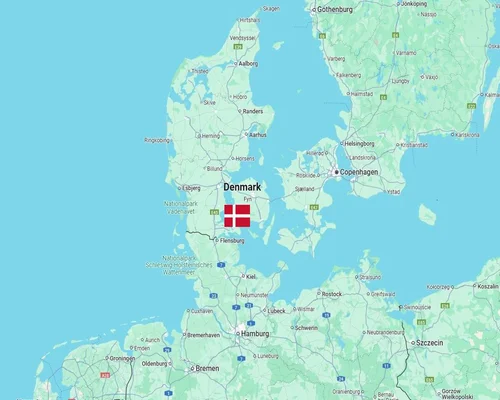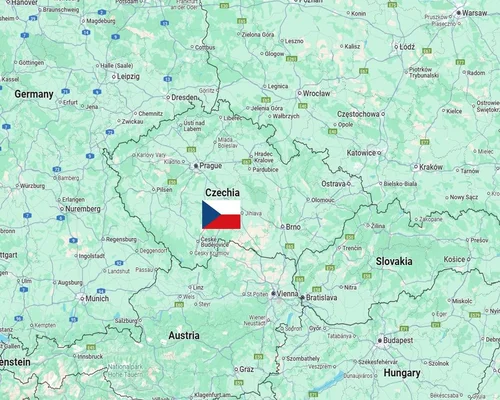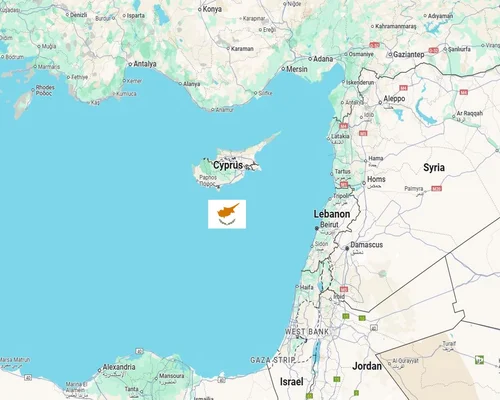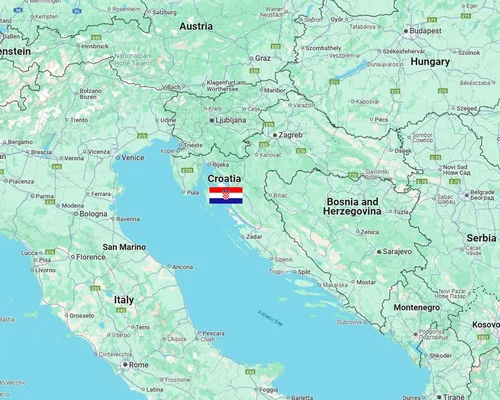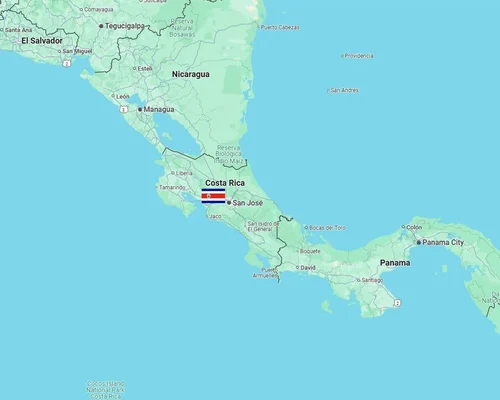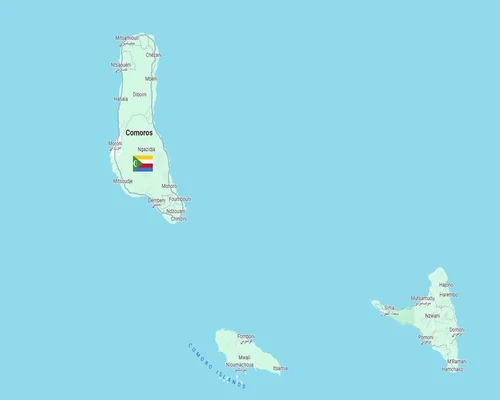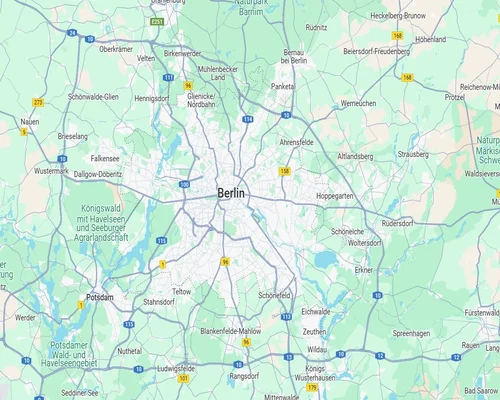
Fact About Berlin City
Information about Berlin
Berlin is the capital of Germany and the largest city in the country. It is one of the most important and culturally diverse cities in Europe. Berlin history, culture, and modern economic status make it an attractive destination. Here are some important facts about Berlin:
Basic facts about Berlin:
Location and Size:
Berlin is located in the northeastern part of Germany. It is located on the river Spree and is one of the 16 states of Germany. The city of area size is 892 square kilometers, making it one of the largest cities in Europe.
Population:
Berlin has a population of about 3.7 million (3.7 million), making it one of the most densely populated cities in Europe. Berlin is home to many ethnic groups, giving the city a multicultural character.
Historical Importance:
Berlin history spans many centuries. It was the capital of Prussia, later serving as the capital of Germany from 1871 to 1945. Berlin suffered heavy damage during World War II, and after the war it was divided into two parts. East Berlin was under Soviet control, while West Berlin was under the control of the Western Allies. The Berlin Wall was built in 1961 and torn down in 1989, reuniting East and West Germany.
Berlin Wall:
The Berlin Wall was a symbol of the Cold War. It divided East and West Berlin, signifying the ideological divide between Eastern Europe and Western Europe. On November 9, 1989, the Berlin Wall fell, ushering in a unified Germany and marking the end of the Cold War.
Culture and Tourism:
Berlin is famous for its art, theater, music, and film. There are several important museums in the city, such as Pergamon Museum, Berlin Museum Island (Museum Island) etc. Tourist attractions include the Brandenburg Gate, the Reichstag Building, the TV Tower, and the Holocaust Memorial.
Economy:
Berlin is a major economic center, particularly renowned for information technology, pharmaceuticals, biotechnology, and startup culture. It has become one of Europe leading technology and innovation hubs. Many international companies have set up their headquarters here.
Transport System:
Berlin has a highly developed and extensive public transportation system, including buses, trams, metro (U-Bahn), and suburban trains (S-Bahn). In addition, the city has two major airports, and is one of Europe major rail communication hubs.
Education and Research:
Berlin is home to several leading universities and research institutes, such as Humboldt University, Free University, and Technical University. It is considered as one of the centers for students and researchers.
Conclusion:
Berlin is a historical, cultural, and modern city, which has witnessed many important events throughout the ages. Its rich history, diverse culture, and strong economic position make it one of the most important cities in Europe.

